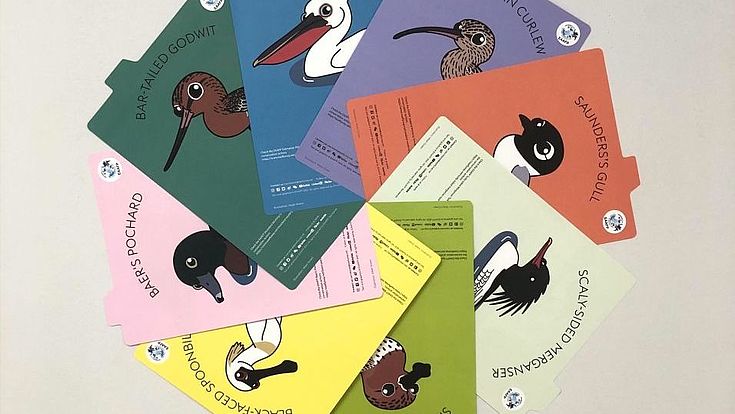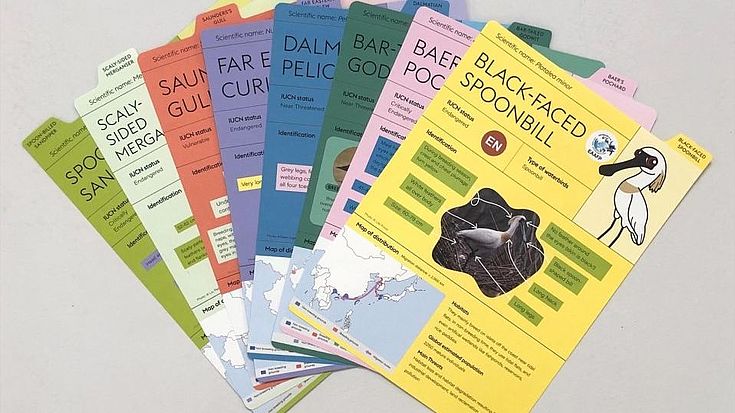Publication
New EAAFP Key Species Factsheet

In Northeast Asia, some bird species populations decline by more than 25% per year and in the past 50 years, 66% of intertidal wetlands in the Yellow Sea have been lost and concurrent a significant share of resting places for migratory birds. The numbers are alarming and if this trend does not stop, it will eventually lead to the extinctions of species, such as the Spoon-billed Sandpiper. HSF Korea aims to contribute to the cooperation among countries and organizations in Northeast Asia. As a partner and coordinated by the secretariat of the EAAFP (East Asian – Australasian Flyway Partnership), it just supported the publication of a set of factsheet for eight key species of the EAAF.

Each factsheet includes the scientific name of the species, the current IUCN status, Identification of features, distribution map, habitats, threats, and population of the species. In the future, websites for the key species will be launched for more detailed species profiles. You can find out more about the factsheets and see the English versions here.
HSF Korea supports not just the publication of the factsheets, but also the translation of the materials in several languages. As HSF Korea is focusing on conservation and mutual exchange and understanding on the Korean Peninsula, it aims to publish the factsheets also in (South and North) Korean language. Over the last years, HSF Korea supported various publications to contribute to awareness on nature conservation, but also to mutual understanding on the Korean Peninsula and in Northeast Asia. You can find more about various publications that were developed in North Korea here.
